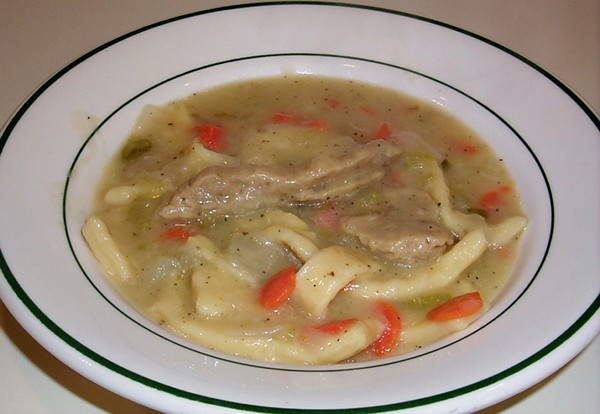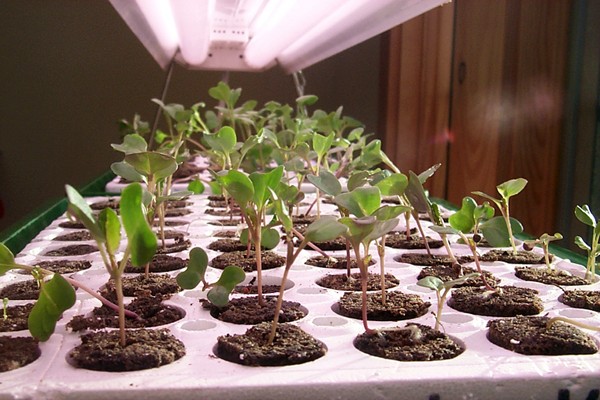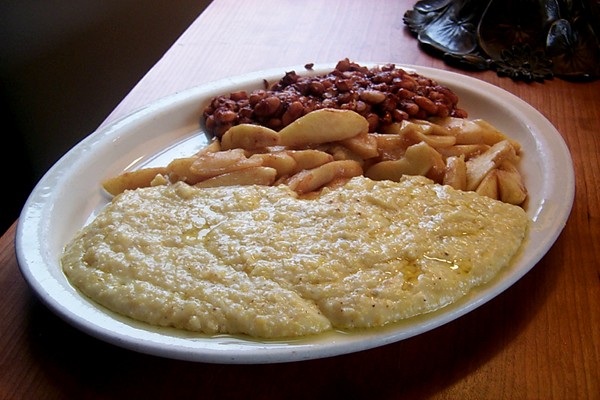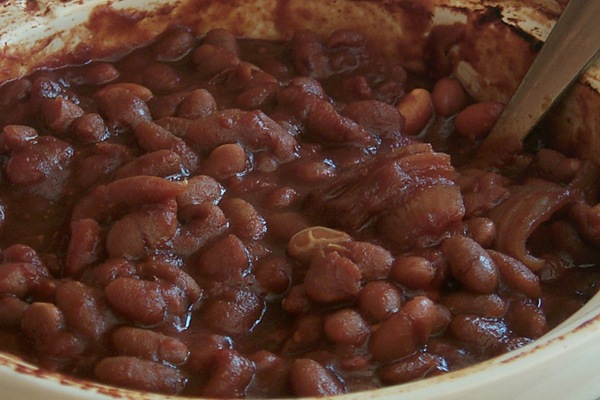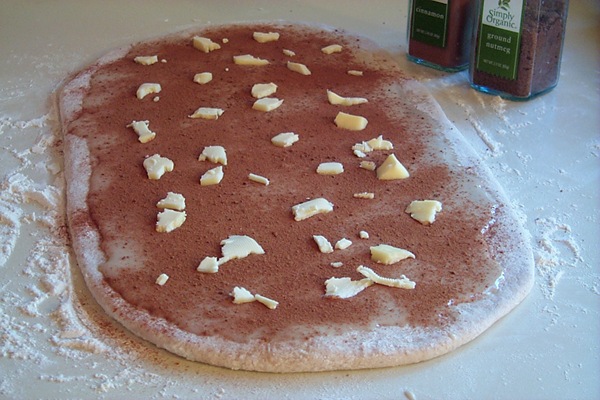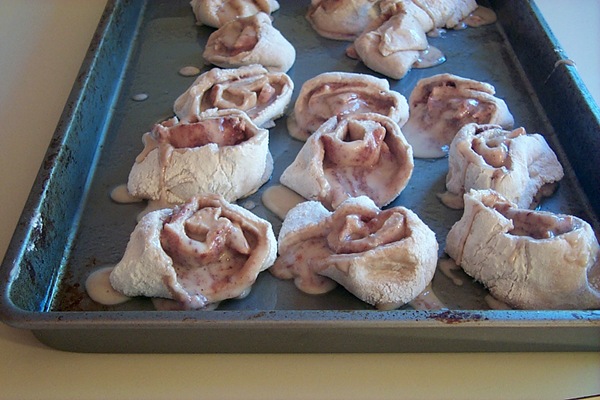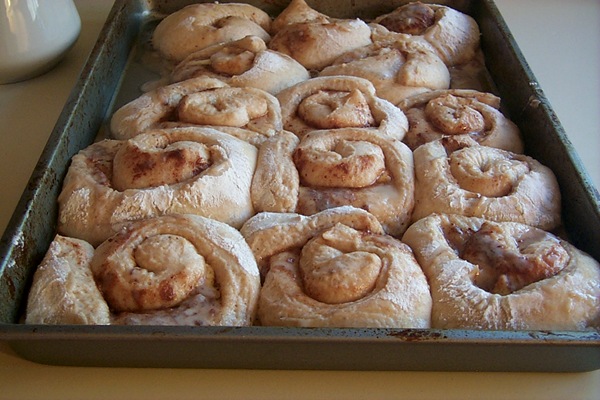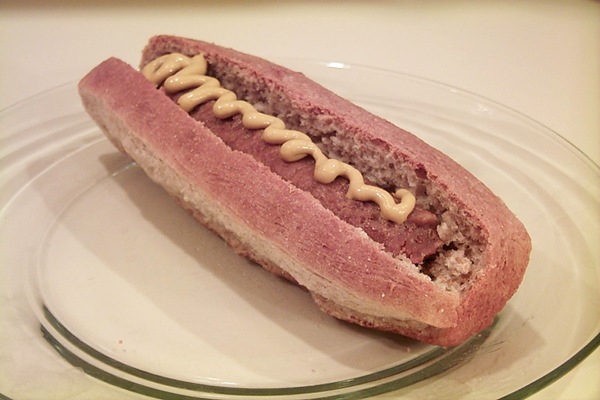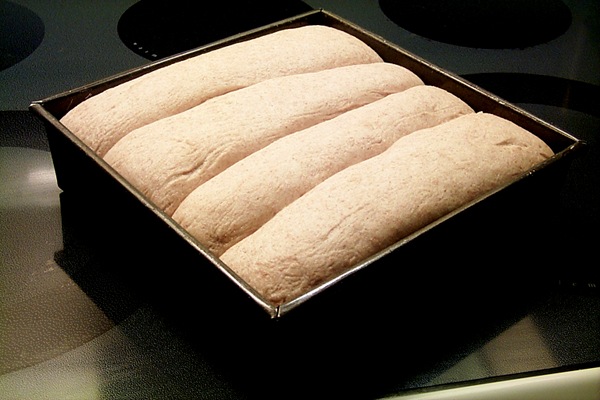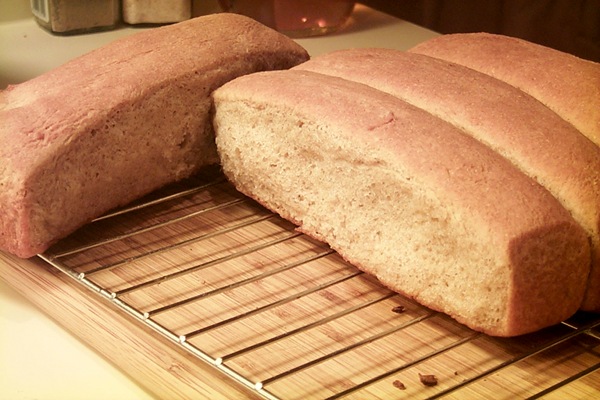For a while, I’ve wanted to experiment with imitation chicken and dumplings. Today was the perfect day — cold and rainy with a high of 44F.
I made fake chicken with seasoned wheat gluten, cut into strips. It was far from perfect, but I think it proved the concept. Wheat gluten alone is just a bit too chewy. About 10 to 20 percent ground nuts or soybeans would give a better texture. It’s also difficult to get enough flavor into the fake chicken. I used garlic powder and Vegit seasoning. Next time I’m at Whole Foods I’ll look for other seasonings that might help.
The dumplings were very good, though. I made them from unbleached King Arthur flour, an egg, and enough water to make a dough. The stock was made from onion, celery, and carrot sautéed in butter, thickened with a bit of flour.
I’d give today’s dish a B minus, but I think I can improve it next time I make it.
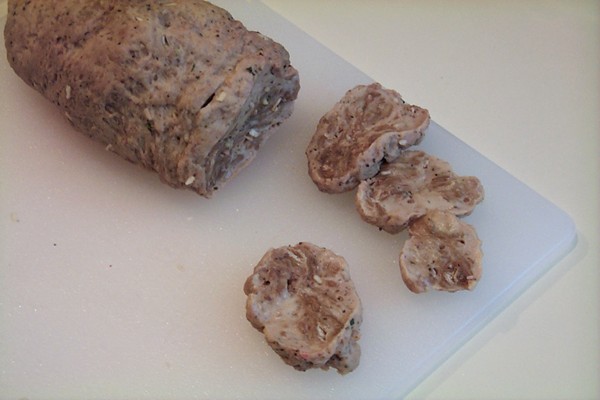
The fake chicken — made from wheat gluten and seasonings. This is the gluten dough before it was cooked.

